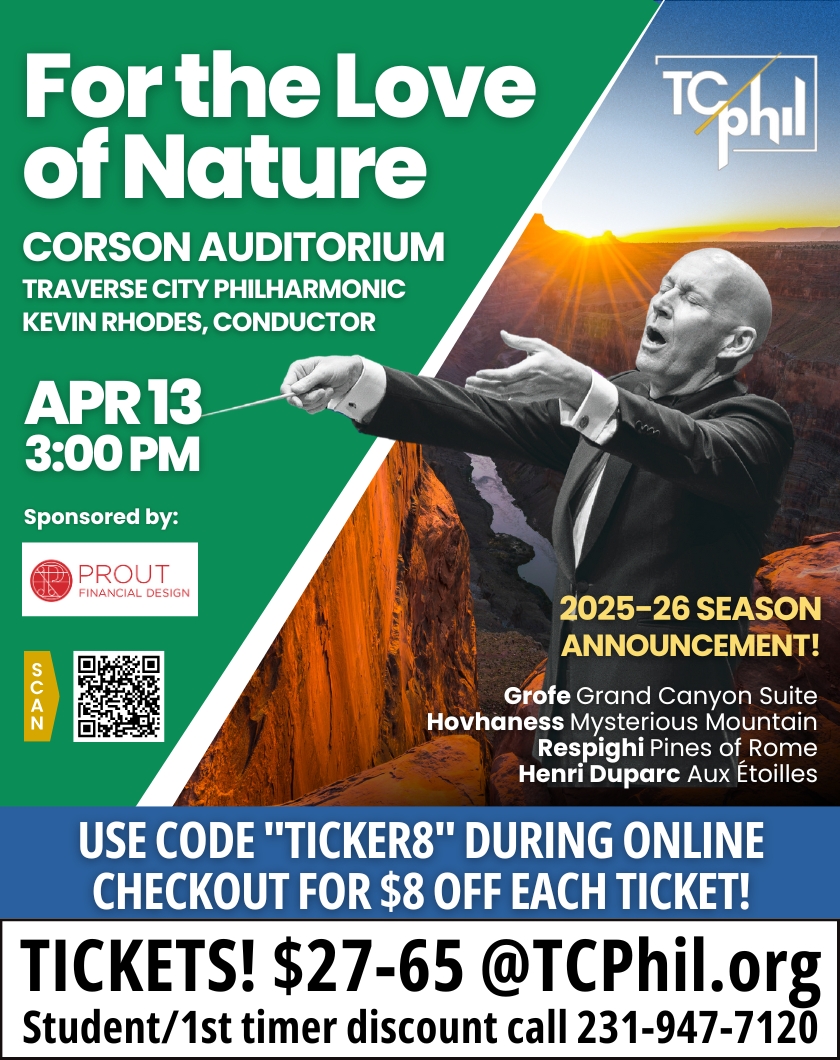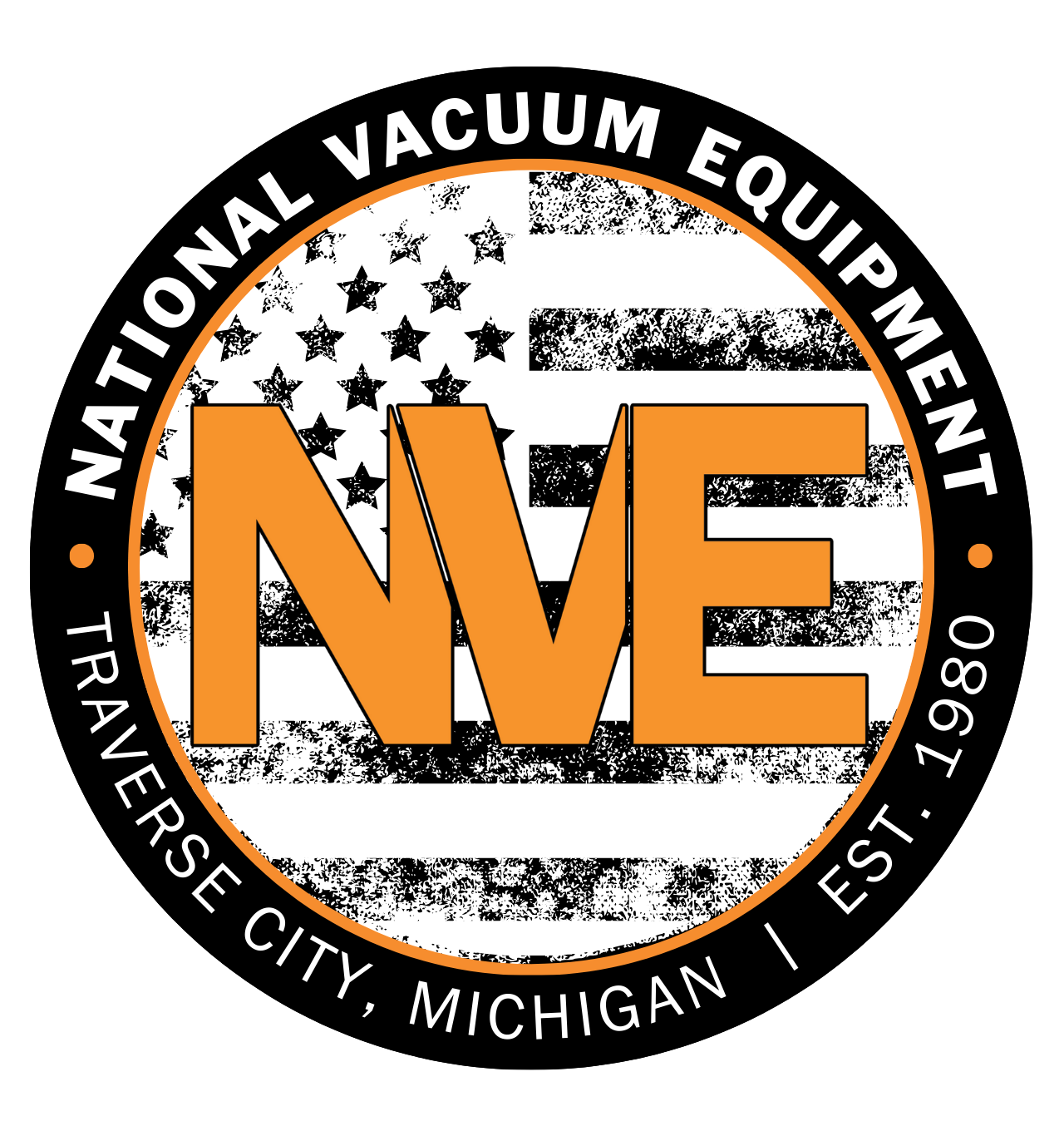
The Future Of Traverse City State Park
By Beth Milligan | March 3, 2021
The Michigan Department of Natural Resources (DNR) is creating the first-ever management plan for the Keith J. Charters Traverse City State Park, with hundreds of residents weighing in on desired changes to the park including traffic and access upgrades, an improved pedestrian crossing over US-31, and more full hookup campsites and dump stations. Some of those changes could be on the near-term horizon, with the DNR planning to hold a public virtual meeting this month to gather final feedback on the park plan before adopting it.
The DNR meeting will take place March 18 from 6pm-7pm on Zoom, with a video recording available one week later. The DNR will also post an interactive public survey following the event and accept comments on the draft plan through March 30. Debbie Jensen, park management plan administrator for the DNR Parks and Recreation Division, says the department is working through the list of state parks to ensure each one has a management plan in place identifying future projects and recreational and educational opportunities.
“We want to focus on a 10 to 20-year timeframe and do this for every state park,” says Jensen. “Several have them already, but this one doesn’t.”
The DNR started the process to create a Traverse City State Park management plan back in 2018, partnering with Michigan State University to interview campers on-site about their experiences. A series of stakeholder meetings and an online survey that drew 672 responses followed in 2019. A final series of public DNR meetings was scheduled to take place last summer, but was pushed back to this year due to the pandemic.
Based on input received so far, the DNR created a draft plan that includes a list of priority projects over the next decade, including “priority level one” projects targeted for the next two years. One project has actually already started: completing a traffic study of the park to identify ways to improve campground egress/ingress, traffic circulation and beach access, trail connections, and a possible entrance from Three Mile Road. “Traffic issues were identified as a big priority from the survey and the stakeholders, including getting in and out of the park and access to the beach for both pedestrians and vehicles,” says Jensen.
The pedestrian bridge over US-31 provides a vital connection from the campground to the beach, with 83 percent of survey respondents indicating they use the bridge to cross the road. The aging structure poses challenges, however: It is not universally accessible, as it features stairs on both ends, and campers report difficulties trying to navigate the bridge while carrying beach supplies and herding kids. “The DNR will work with MDOT, the pedestrian bridge owner, to continue to look for opportunities to upgrade or replace the bridge, considering accessibility and park operations,” the plan states.
The DNR also wants to create a strategy for developing a 29-acre wooded parcel the department purchased to expand the state park between Mitchell Creek and the TART Trail. Over 50 percent of survey respondents said they wanted to see “a higher level of development (on the parcel), such as expanded modern camping and lodging opportunities/services,” according to the plan. The DNR needs to first complete an archaeological reconnaissance survey of the property to “determine if there are any sensitive cultural or prehistoric remains in the area before any development occurs,” the plan states. From there, a development plan could be created detailing opportunities for camping, alternative lodging, recreation, trails, park access, and a proposed new administrative headquarters location on the site.
Other near-term projects include evaluating options to improve the RV sanitary dump station, according to Jensen. “It gets really backed up for traffic at the end of the weekend, and it is not sized effectively for the park,” she says. “We could look to expand the capacity, or consider more full hookup sites.” Beach improvements – including green infrastructure on the shoreline and “working with partners to give (the beach) a face lift” – are also on the priority list, Jensen says. The DNR also hopes to work with the Grand Traverse Regional Land Conservancy to improve recreational access between the state park and the nearby Reffitt Nature Preserve.
Work to finalize the management plan comes on the heels of $3.1 million in improvements made in 2019 and 2020 to the state park, include a total replacement of the bathroom facility in the west loop and infrastructure upgrades to increase the electrical accessibility and capacity at every campsite. Jensen says once final public input is collected and the new management plan approved, it will guide the next major phase of improvements at the park – not sitting on a shelf but providing a “realistic” road map for work in the years to come.
Comment






